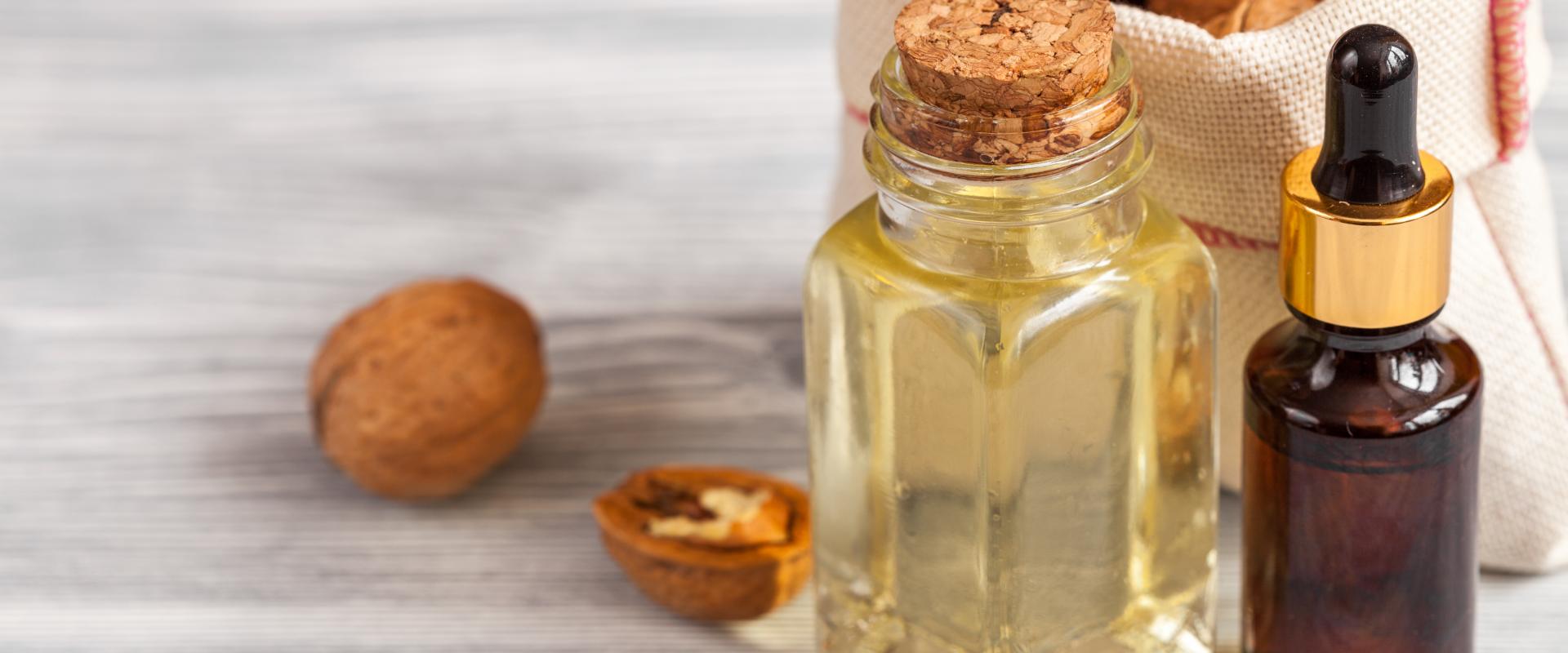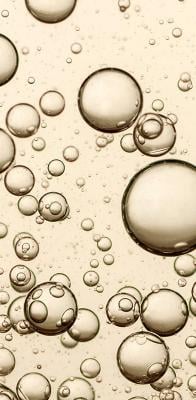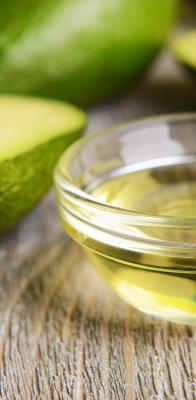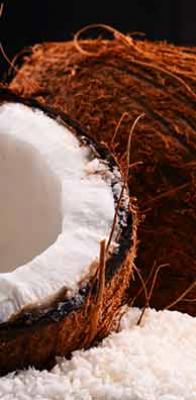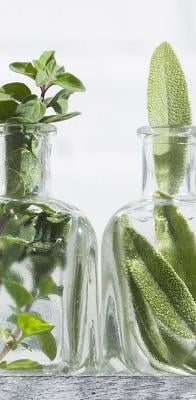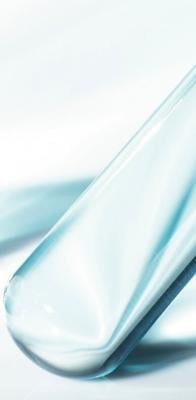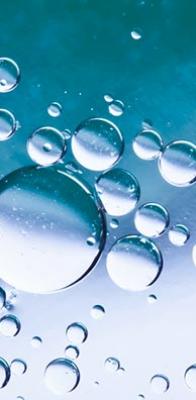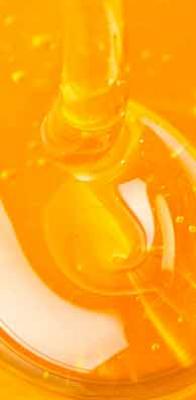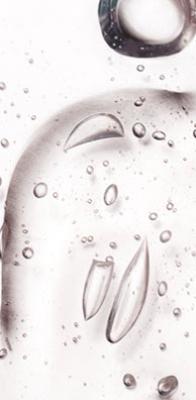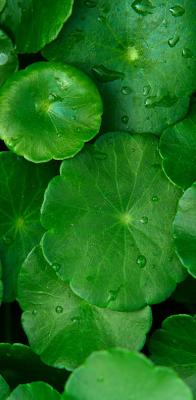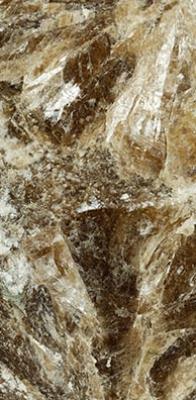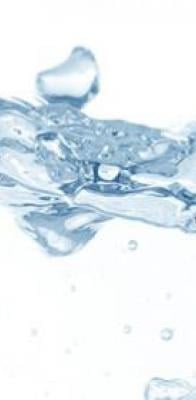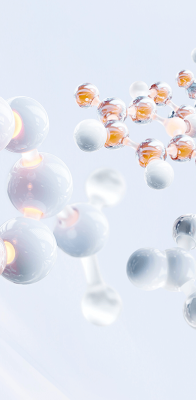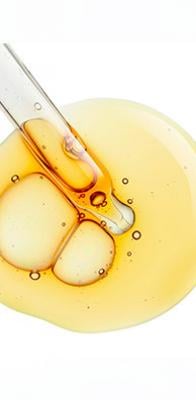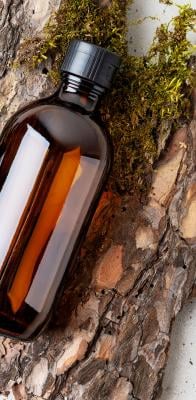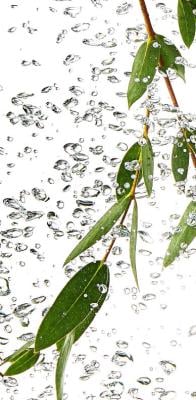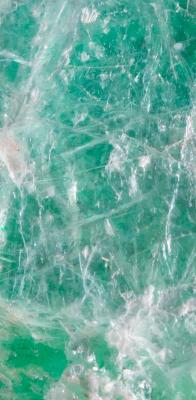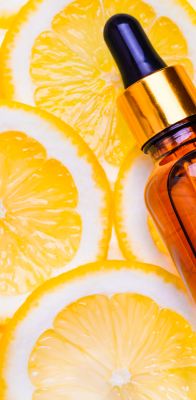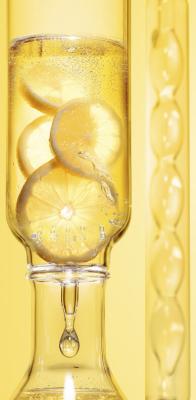What is vitamin E?
Vitamin E, also known as alpha-tocopherol, is a fat-soluble vitamin, meaning that it mixes easily with oils and fats. It is naturally present in the sebum on the surface of the skin. It is found in large quantities in vegetable oils such as avocado , sweet almond, olive and sunflower oils. It is also present in oleaginous fruits (walnuts, hazelnuts, almonds) or fruit and vegetables (mango, kiwi, spinach, red peppers). In cosmetic products, its derivative, tocopheryl acetate, is often used.
In our cosmetic products, vitamin E appears in the list of ingredients on the packaging under the name TOCOPHEROL or TOCOPHERYL ACETATE.
Where does it come from?
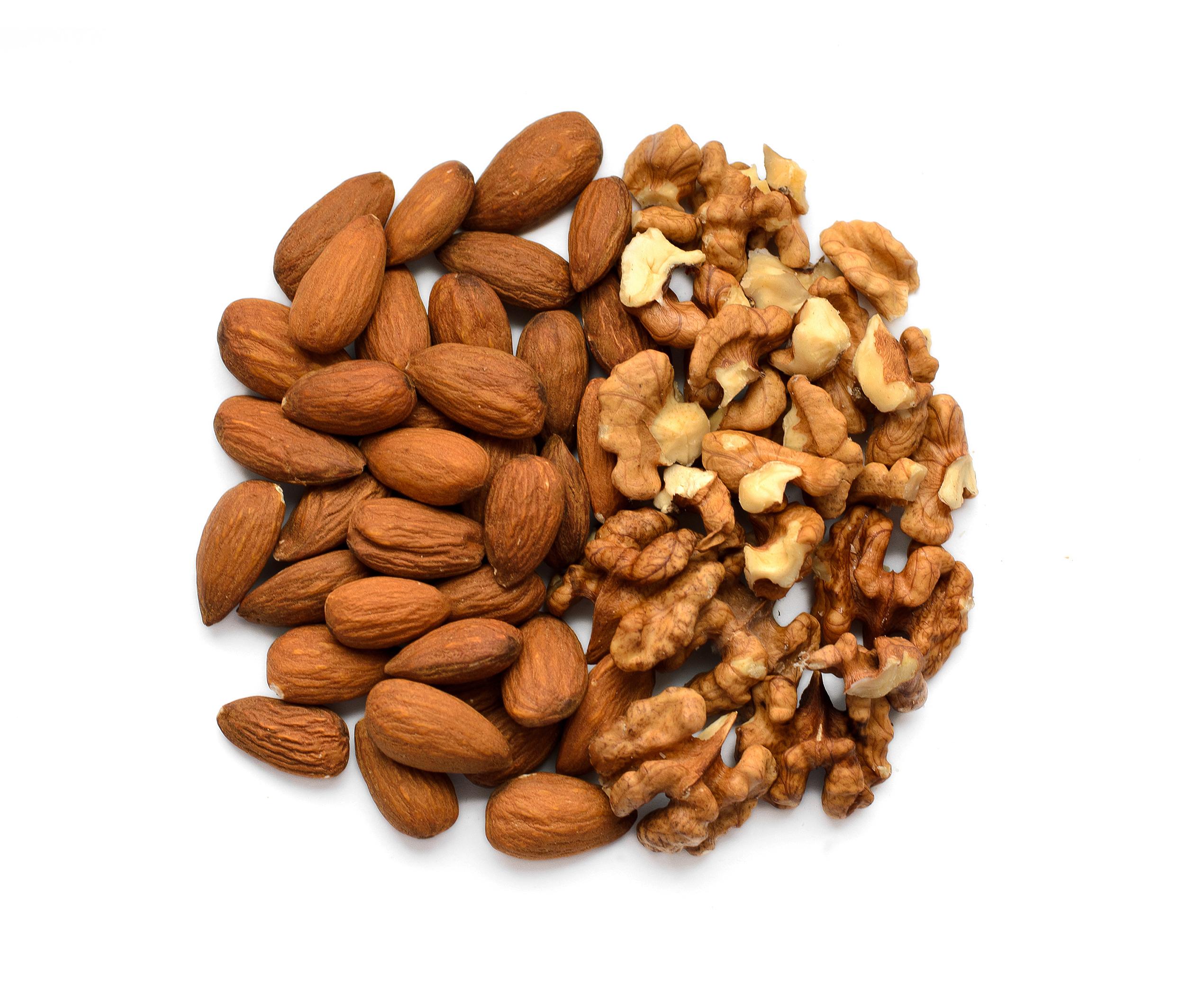
Vitamin E may be of synthetic or natural origin. The sources of vitamin E used in our organic products are certified by the organisation ECOCERT.
Why is it used?
Vitamin E is known for its health benefits and it is recommended to consume it regularly. It is used in the food industry as a natural preservative to protect food from oxidation.
Also, in cosmetics, it is used to help the skin defend itself against external aggressions (UVs, pollutants) and to make use of its antioxidant and anti-pollution properties.
-
Antioxidation
-
Anti-pollution
What are its benefits?
Due to its antioxidant properties, vitamin E in cosmetics helps protect the formula from oxidation. It also reduces the action of free radicals caused by the sun's rays and the action of pollutants. Vitamin E therefore prevents premature ageing of the skin.
Combined with vitamin C, its antioxidant action is strengthened.
Vitamin E reduces the oxidation of skin sebum and thus helps to strengthen the skin's lipid barrier.
It is very well tolerated by all skin types including atopic skin.
The Facts:
- A literature review1 explains that vitamin E has been used for more than 50 years in dermatology, and in many cosmetic products. It has been scientifically proven that vitamin E is a powerful antioxidant. It is able to neutralize excess free radicals present in the body caused by sunlight. They are recognised as being responsible for premature skin aging.
- A scientific study2 conducted in Mexico City shows that environmental exposure conditions, such as pollution, have a significant impact on skin quality. This study shows that the concentration of vitamin E, naturally present in skin sebum, is lower in people living in Mexico City, a city exposed to pollution. It is therefore important to take vitamin E regularly to make up for this loss.
- Several studies3,4,5,6 have shown that vitamin E has a positive effect on the oxidation of sebum when exposed to sunlight or in an environment subject to pollution.
[1] : M.A. Keen & al. Vitamin E in dermatology. Indian Dermatol Online J. 2016 Jul-Aug; 7(4): 311–315
[2] : M.-A. Lefebvre & al. Evaluation of the impact of urban pollution on the quality of skin: a multicentre study in Mexico. International Journal of Cosmetic Science, 2015, 1–10
[3] : Boussouira & D.M. Pham. Squalene and Skin Barrier Function: From Molecular Target to Biomarker of Environmental Exposure. 2016. G.T. Wondrak (ed.), Skin Stress Response Pathways, chapter 2
[4] Thiele & al. Ultraviolet A Induces Generation of Squalene Monohydroperoxide Isomers in Human Sebum and Skin Surface Lipids In Vitro and In Vivo. J Invest Dermatol. 120(6):915-22, (2003)
[5] Thiele JJ & al. Sebaceous gland secretion is a major physiological route of Vitamin E delivery to skin. J Invest Dermatol 113,1006-1010, (1999).
[6] Thiele JJ, Schroeter C, Hsieh SN, Podda M, Packer L. The antioxidant network of the stratum corneum. Curr Probl Dermatol 29, 26-42, (2001).
How is it used in our products?

We use vitamin E in all our cosmetic product categories for its antioxidant power. It is used to protect our formulas containing oxidation-sensitive ingredients such as fats. It also enables our skin care creams and suncare products to be real defenders against external aggressions (UVs and pollutants).

